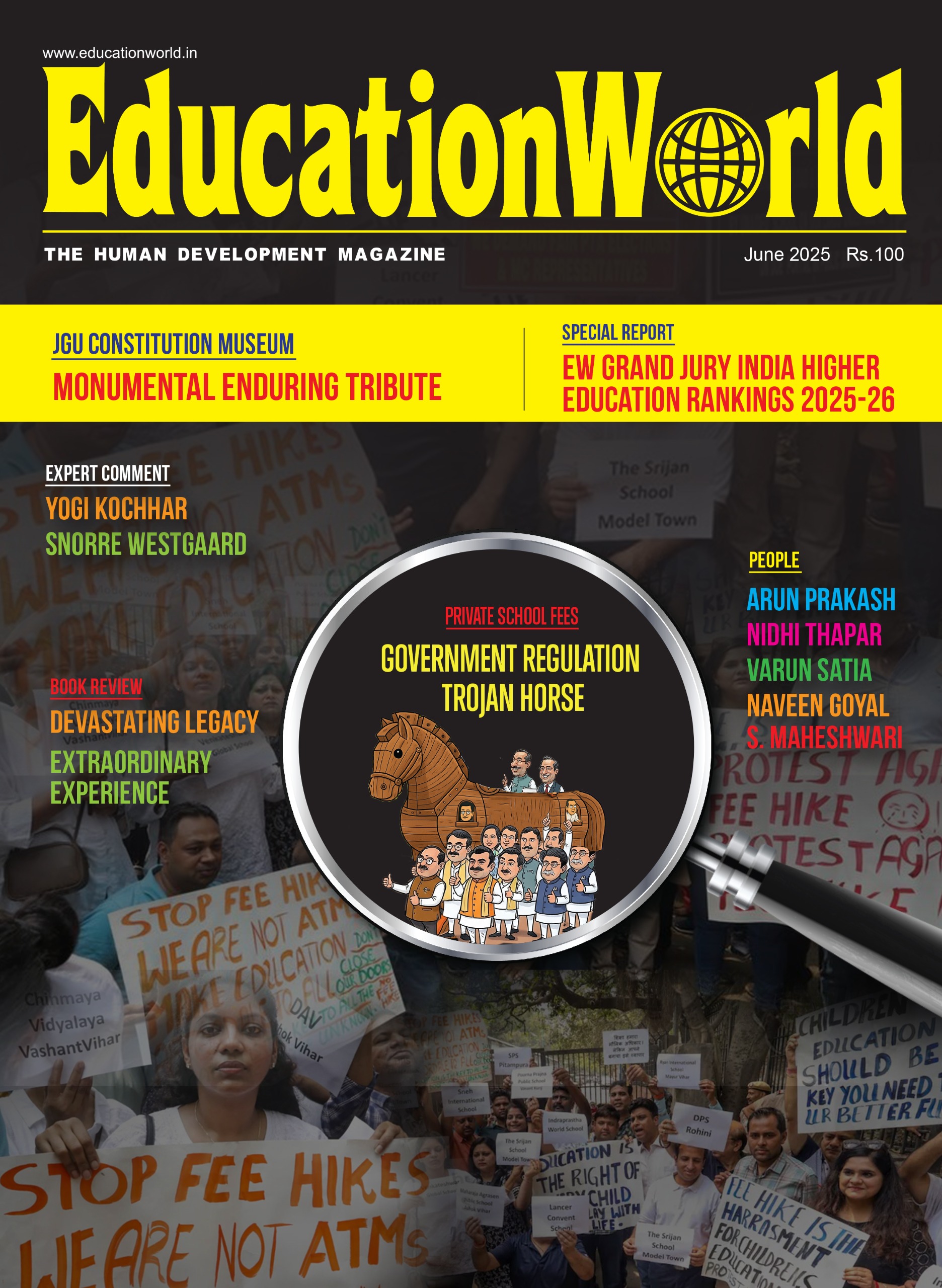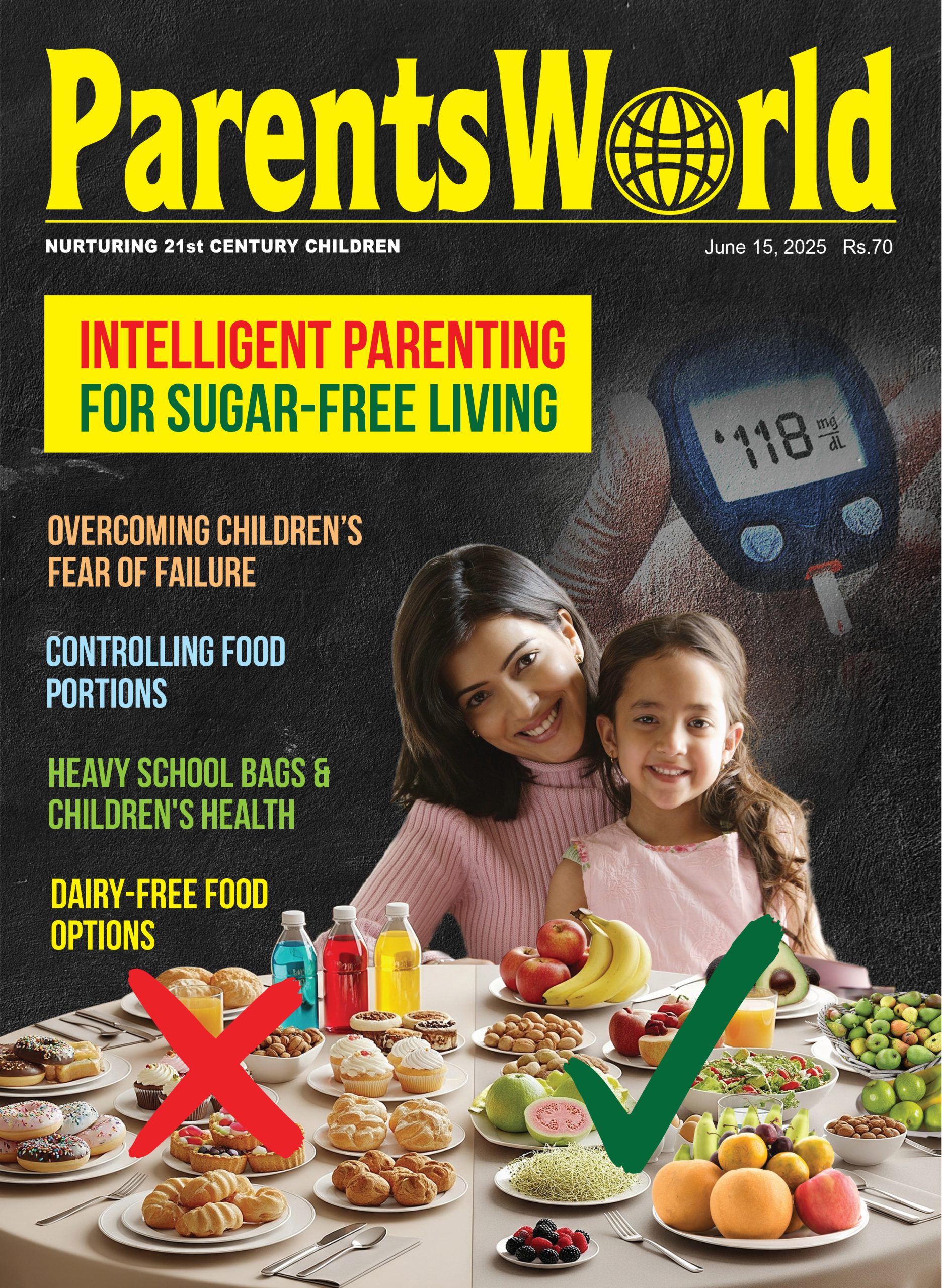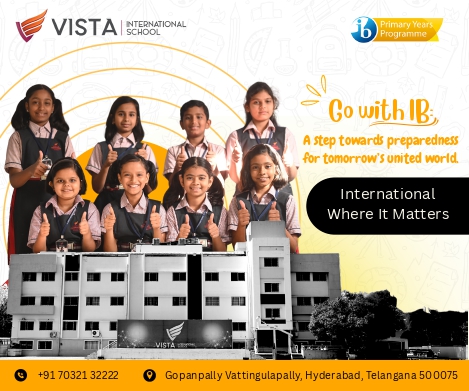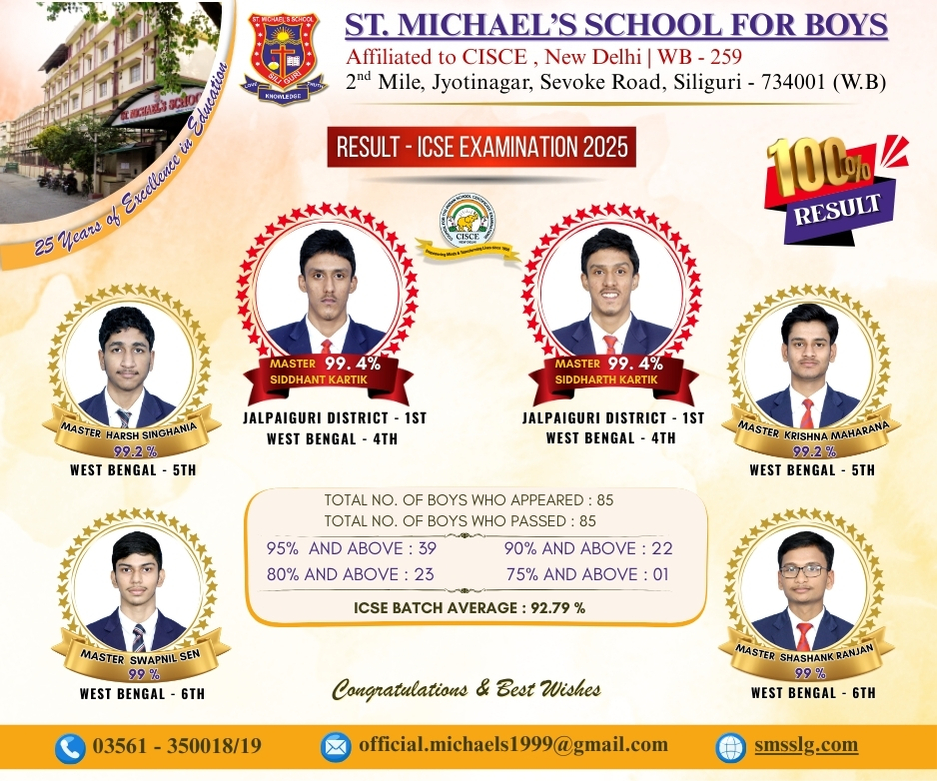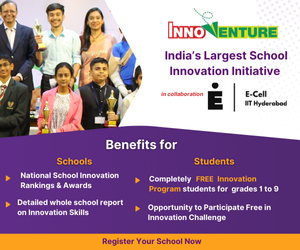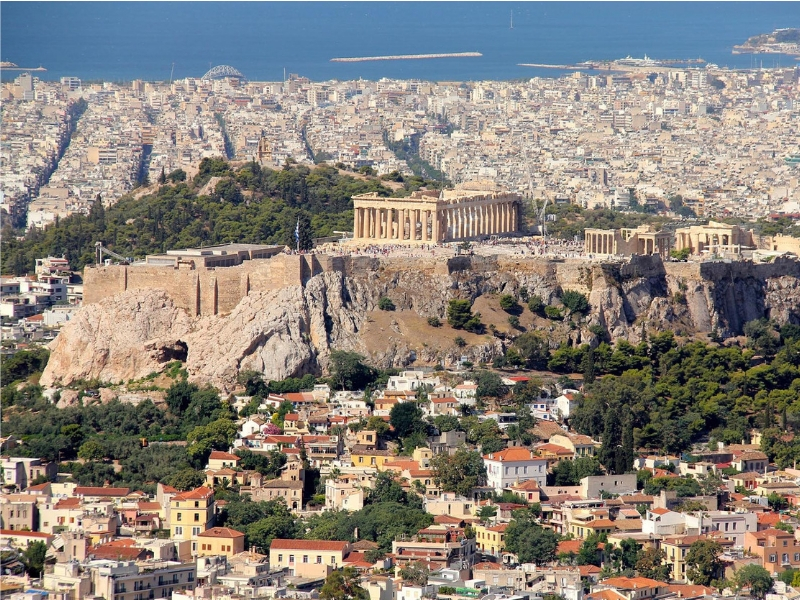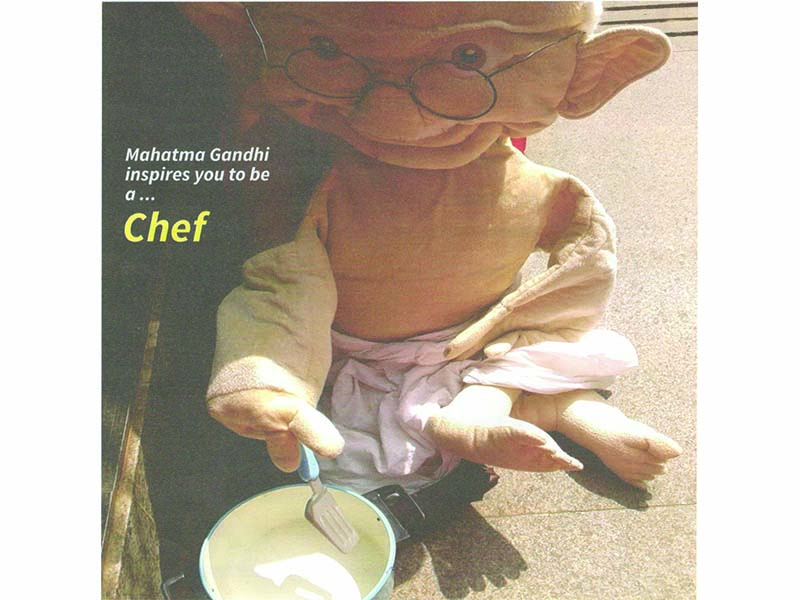 “‘God comes to the hungry in the form of food.”
“‘God comes to the hungry in the form of food.”
Did you know that…
Mahatma Gandhi liked experimenting with food. And he made some rare recipes like coffee made from wheat powder, butter made with fried groundnuts and banana and his chocolate was a piece of gur (jaggery), he made biscuits by mixing two parts of banana flour and one part of wheat flour.
Mahatma Gandhi believed we should eat to live and not the other way around. He cooked his own food and wrote books on healthy diets and vegetarianism. Bapu did not add salt, sugar, oil, chilies or spices in his food, and would substitute gur (jaggery) and honey for sugar as he was very health conscious. He preferred his vegetables mainly uncooked so that the food retained its nutritional value. Fruits and curd were his side dishes and he absolutely did not believe in snacks between meals. He also had fixed times for his meals, eating only three times a day; breakfast early in the morning, lunch at midday and dinner in the evening.
Mahatma Gandhi often experimented with his diet, he became a ‘fruitarian’ (ate only fruits) for five years. Because he did not eat foods like papad or pickle, Bapu made his own bitter chutney with neem leaves and garlic. He preferred goat’s milk and drank it three times a day. His sweet dish was dates and raisins. Today most dieticians’ recommend many of Bapu’s food and eating regimen!
Mahatma Gandhi was very organized when it came to food planning. During the famous Dandi March, he meticulously planned the food that he and fellow marchers would eat. This was his food plan for everyone during the Dandi March (1930).
- Morning before departure. Everyone to eat raab and dhebra. Raab is a sweet soup made of wheat flour, jaggery, cinnamon, cloves and dry ginger. Dhebra is like a paratha made from mixed flour flavored with fenugreek.
- At midday. Everyone to eat bhakri — a thick chapatti flavored with cumin seeds and ghee, some vegetables and milk or buttermilk.
- In the evening. Roasted gram and rice.
- And at night. Kedgeree (khichdi) made with rice and dal accompanied with vegetables and buttermilk or milk.
You can try to cook some of Bapu’s recipes and even grow up to be a chef and choose it as a career.
If you like the idea of becoming a chef, here are some other options you might like:
- Dietician/nutritionist. Dieticians are experts on diet and promote nutritional well-being by giving safe advice which will help clients treat disease or help prevent any nutrition related problems.
- Caterer. A caterer arranges delivery, preparation and presentation of food for clients. Caterers are often seen at wedding parties, bridal showers and birthday parties. They also provide the food for events.
- Pastry chef. A pastry chef creates desserts, pastries and other baked fare served in restaurants and bakeries.
- Research chef. Research chefs combine culinary experience with scientific knowledge to create new types of foods for large corporations. They often experiment with recipes and may be the reason you are able to eat strawberry flavored candy and ketchup-flavored crisps.
- Food critic. A food critic is a writer who tests restaurants and their food and then publishes the results of her findings. They often eat at different restaurants and rate the quality of food that they are served as well as the ambience of the restaurant.
- Food stylist. A food stylist is a culinary professional whose job it is to prepare food for photography, videos and/or films. They strive to make the food photogenic to make meals look appetising.
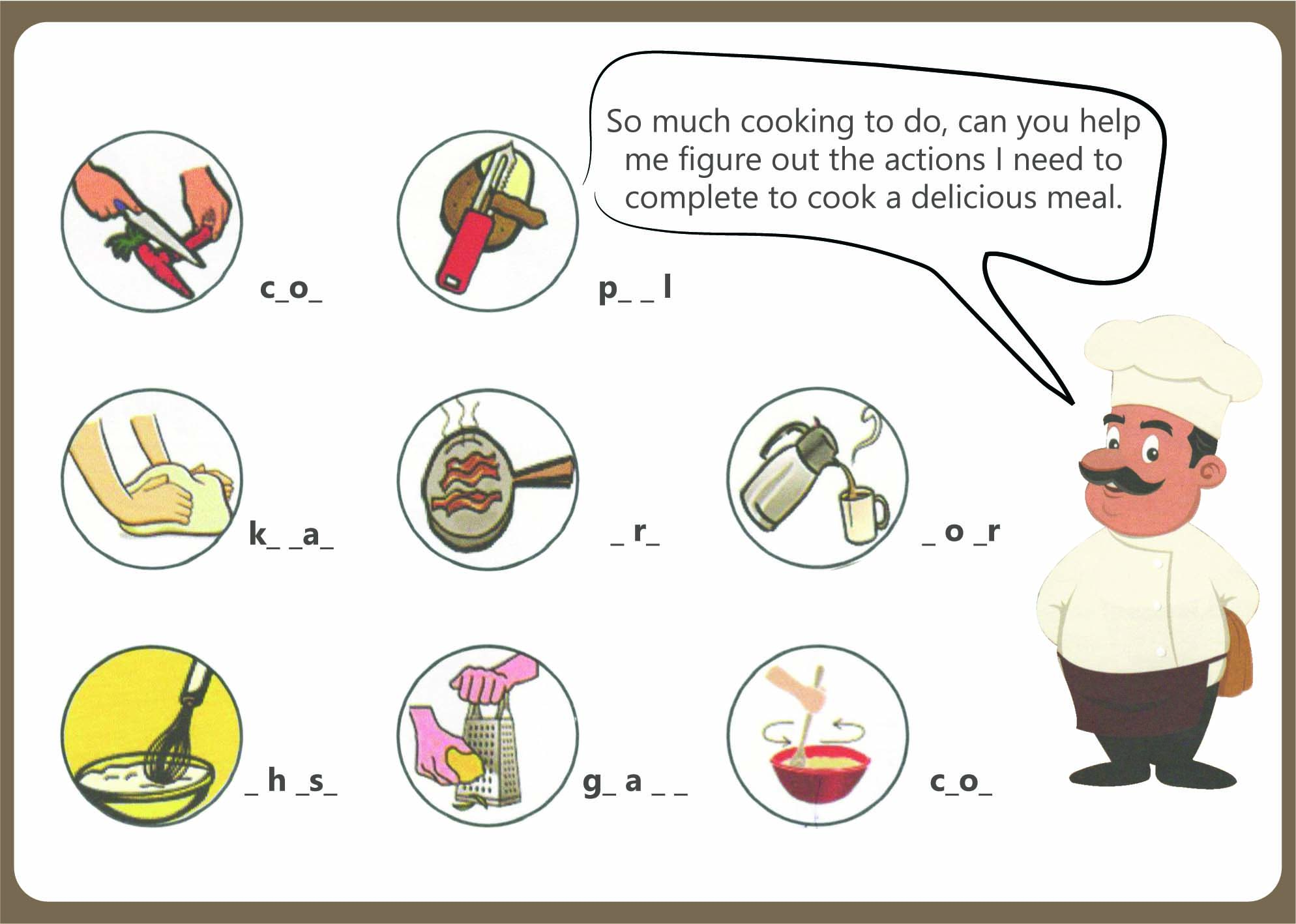
(Excerpted from Growing up with the Mahatma by Dr. Swati Popat Vats, Podar Publishing)
Also read: Remembering Gandhi on his 150th birthday














